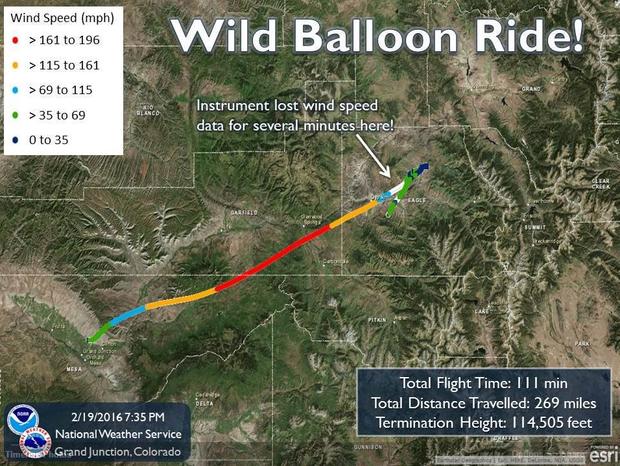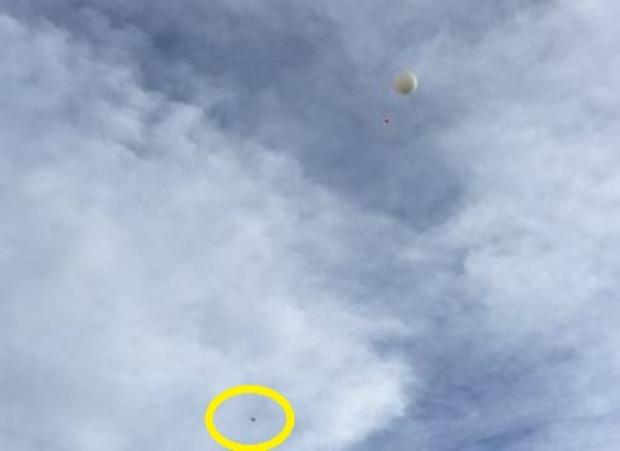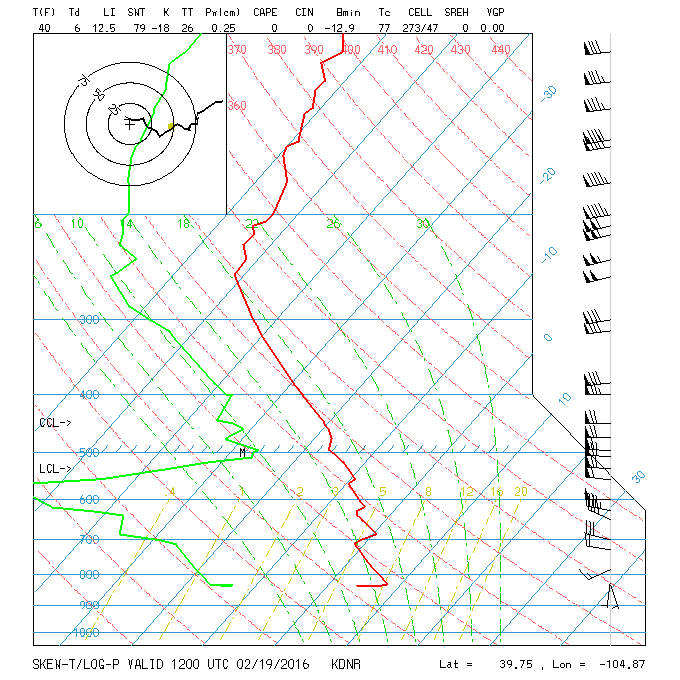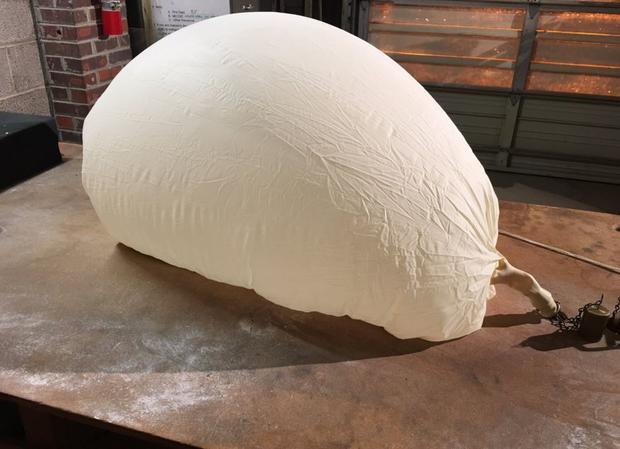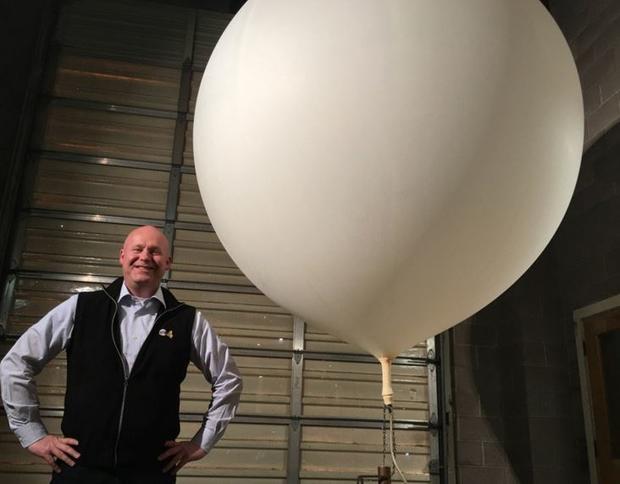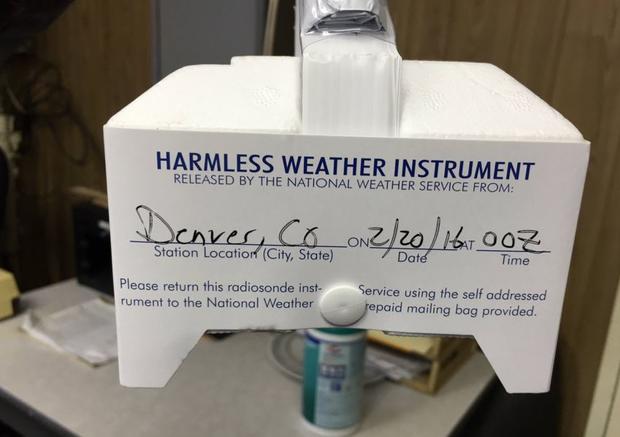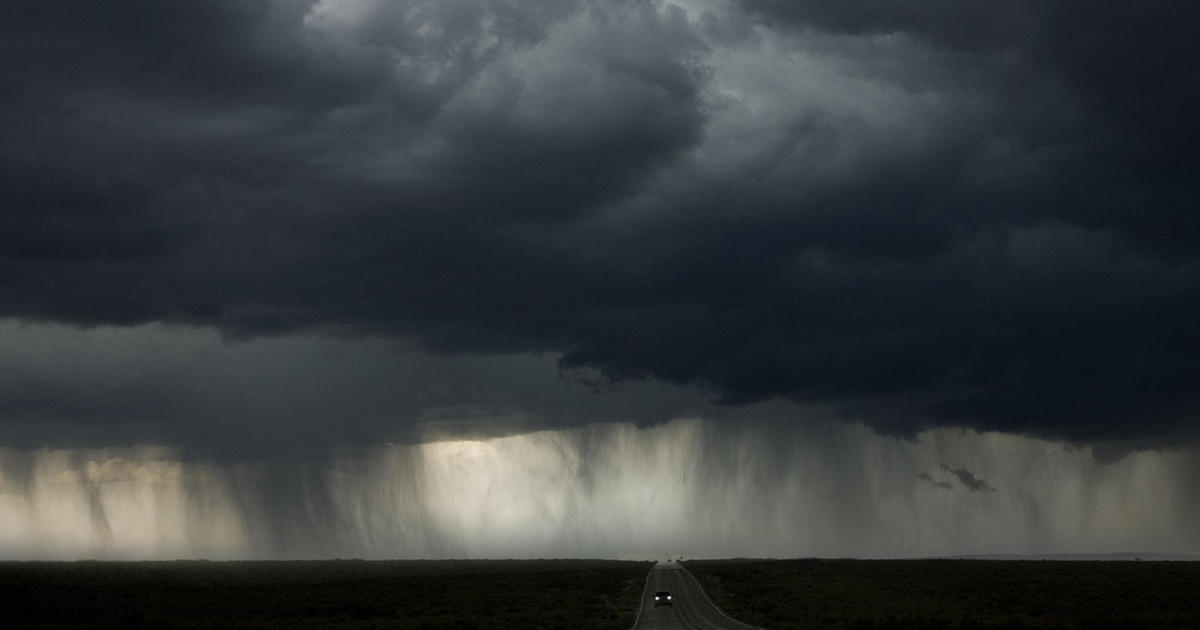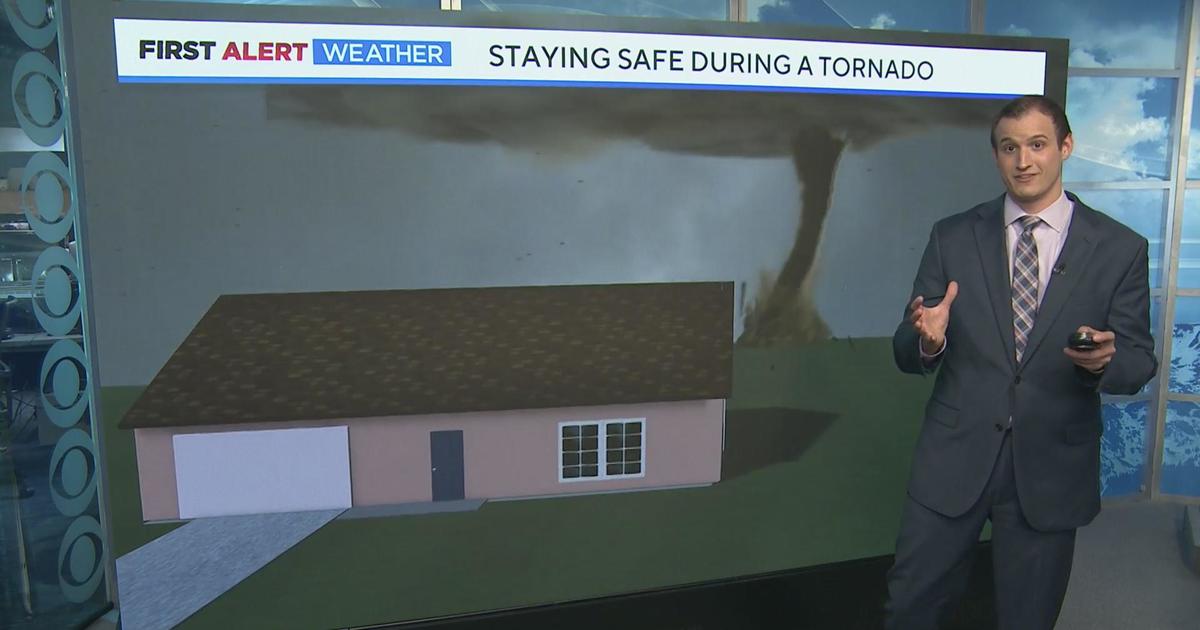Grand Junction Weather Balloon Takes Wild Ride In Friday's High Wind
By Chris Spears
DENVER (CBS4) - Weather balloons are an important source for information in meteorology and are part of the Upper-air observations program of the National Weather Service.
They sample what is currently happening in the atmosphere to predict what will eventually happen on the ground.
In Colorado, weather balloons are launched from Grand Junction and Denver.
During a high wind event on Feb. 19, a weather balloon launched from Grand Junction took quite a ride. It traveled more than 250 miles and experienced winds in excess of 150 mph before reaching an altitude over 114,000 feet.
Weather balloons are released from more than 800 sites around the world, including 92 in North America and the Pacific islands, twice a day, every day of the year.
They're always released around the same time to get a snapshot of what's happening in the atmosphere around our planet.
Launches take place during all types of weather, including high wind, heavy rain and driving snow. The only thing that will delay a balloon's launch is lightning.
About 100 feet below a weather balloon you'll find a radiosonde that gathers things like wind speed and direction, temperature, moisture and air pressure.
Meteorologists can see a balloon's information on a Skew-T diagram, like the one below.
As a weather balloon is being prepared for flight, it has to be handled very carefully.
Something as simple as the oil from our hands can actually cause a balloon to pop too early.
The balloons are filled with either hydrogen or helium and reach a pretty good size before being let go.
On the trip into Earth's atmosphere the balloon will constantly expand and can reach the size of a two-car garage before it pops.
Data collected by balloons feed giant super computers in real-time helping create forecast models.
Once all of the information has been received, computer models plot the data and "connect the dots" by interpreting what is happening in between each location.
Maps are then created that show forecasts of what will happen in the atmosphere in the future. A meteorologist will analyze and interpret the maps before making a forecast.
Weather balloons travel through the entire troposphere and into part of the stratosphere. The flight can take up to two hours before ending at an altitude of 100,000 feet or higher.
Because the weather is always changing balloons are sent up every 12 hours.
While most flights go off without a hitch, sometimes there can be issues. If a balloon or radiosonde fails during flight, there's not enough time to launch another one before the cut-off for forecast models to run.
In the event of a failed flight the data is just simply missing in the forecast models for that particular location.
Once a balloon expands to the point where it pops the radiosonde will float back to Earth on a parachute. And while less than 20% are found they can be recycled if returned to the National Weather Service.
Are you wondering why the packaging of the radiosonde says "harmless" weather instrument? That's because it is powered by a battery they will potentially be making a ticking noise when found.
Instructions on how to return a radiosonde can be found here.
The balloon launched from Denver will typically come down somewhere in northeast Colorado or western Kansas, but it all depends on the direction and speed of the upper-level winds.
Meteorologist Chris Spears writes about stories related to weather and climate in Colorado. Check out his bio, connect with him on Facebook or follow him on Twitter @ChrisCBS4.
